As nations and communities evolve over time, cultural and traditional ways of dress also become forgotten. In changing times, there is always one question that comes to mind: why must we preserve culture?
However, cultural and traditional ways of dress do not just represent the past, but can also hold the future. Several cultural heritage experts noted that the handicraft sector plays a vital role in income and employment generation, and is recognized as a tool for poverty reduction.
On top of that, each and every piece of cultural dress or jewelry was made by the hands of a woman or a man who carried the soul of their community or nation at the time. Essentially, preserving cultures is also akin to preserving these souls and the spiritual identity of a nation for years to come.
As such, there is a need to look at heritage beyond tangible heritage such as monuments, and look at the intangible cultural heritage embodied in traditional crafts that are under risk of being endangered due to the difficulty of safeguarding inherited skills and knowledge.
Here are a few pieces of jewelry to cherish from the Nubians and peasants of Egypt:
The Jakid Necklace
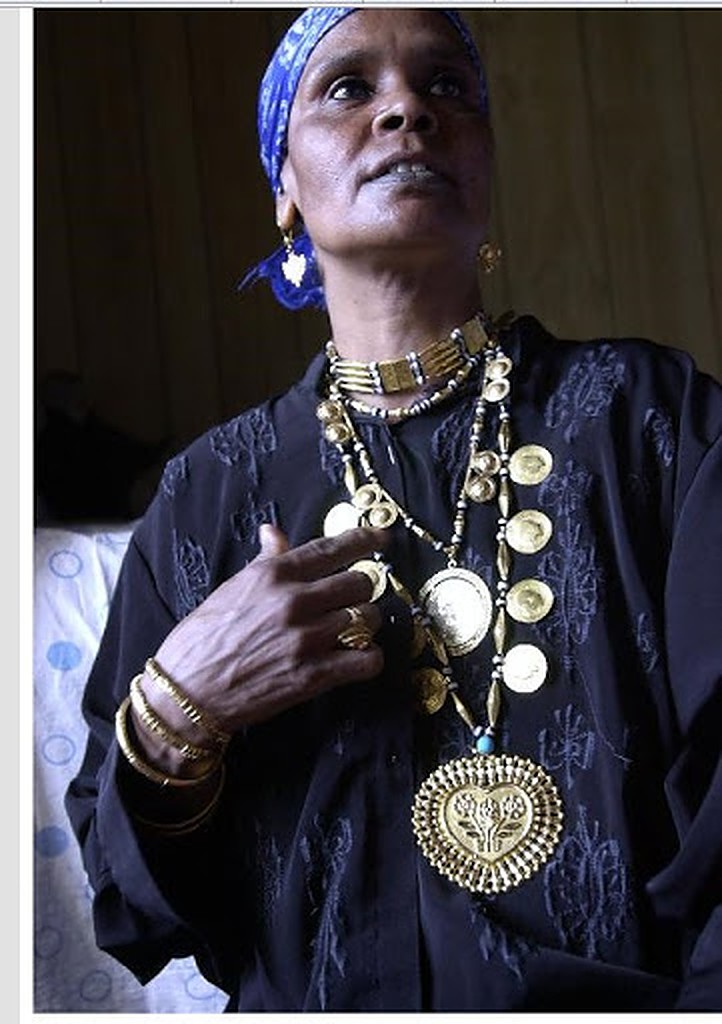
Jewelry plays a huge role in Nubian marriage rites and traditions, particularly during wedding celebrations and the gifts offered by the bridegroom to his bride. One of the most important pieces of jewelry includes the jakid gold necklace, which is composed of six round gold pieces on each side with a seventh one in the middle.
Earrings
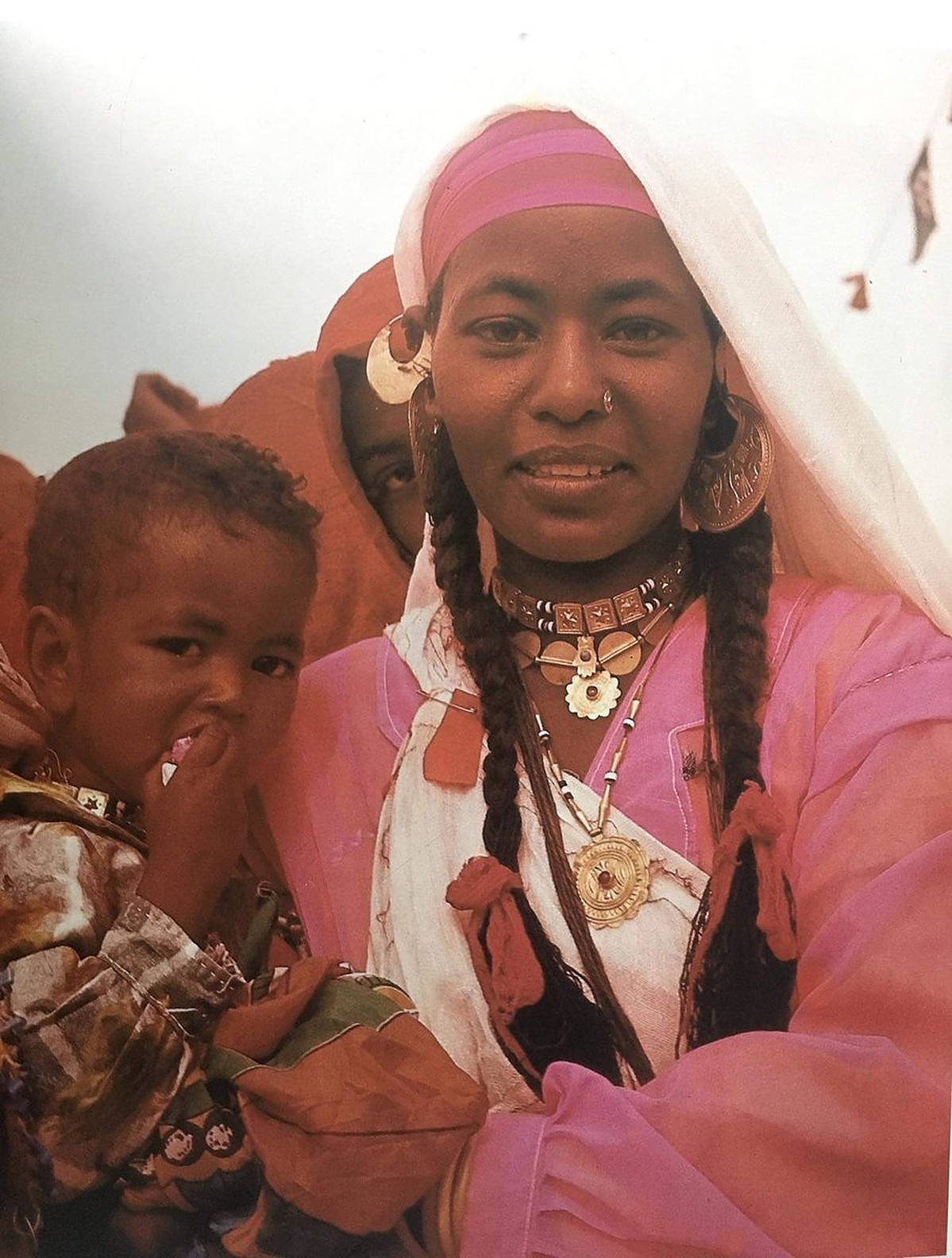
Nubian earrings are very popular among women, who can wear up to three on each ear as seen in the above photo. According to renowned Egyptian designer Azza Fahmy, in ‘Enchanted Jewelry Of Egypt : The Traditional Art and Craft’, Pharaonic influences can be identified in the way the earrings are worn, with the upper part of the ear adorned with one or two rings, which resembles the same style seen in paintings of Akhenaten’s daughters.
Gasset el-Rahman
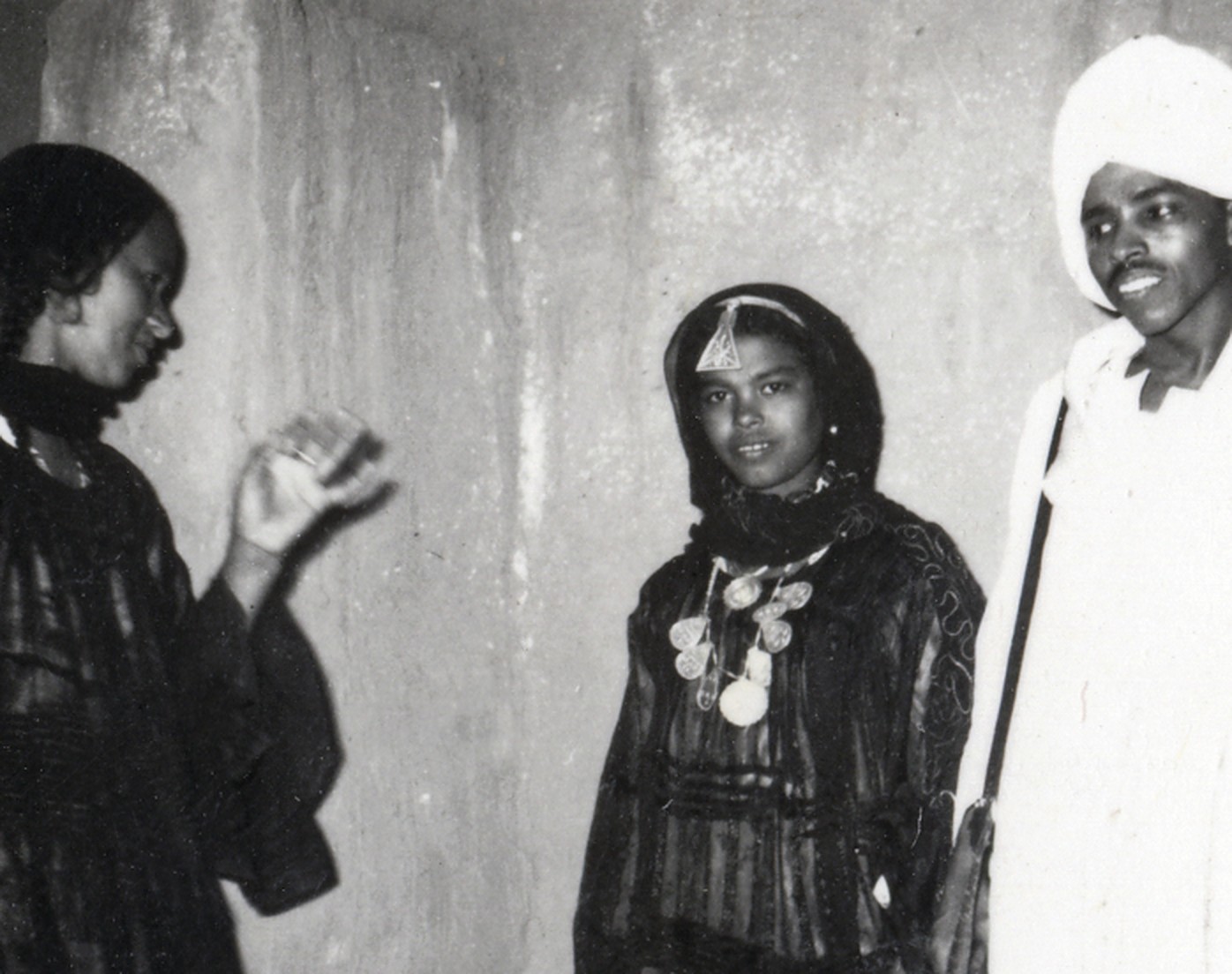
Another main piece offered to the bride is the gasset-el-rahman. According to Yasmine El Dorghamy in the seventh issue of Rawi Magazine, the triangle shape symbolizes success. It was also similarly practiced by Ancient Egyptians who wore the lotus flower as a head ornament.
Falahy Jewelry
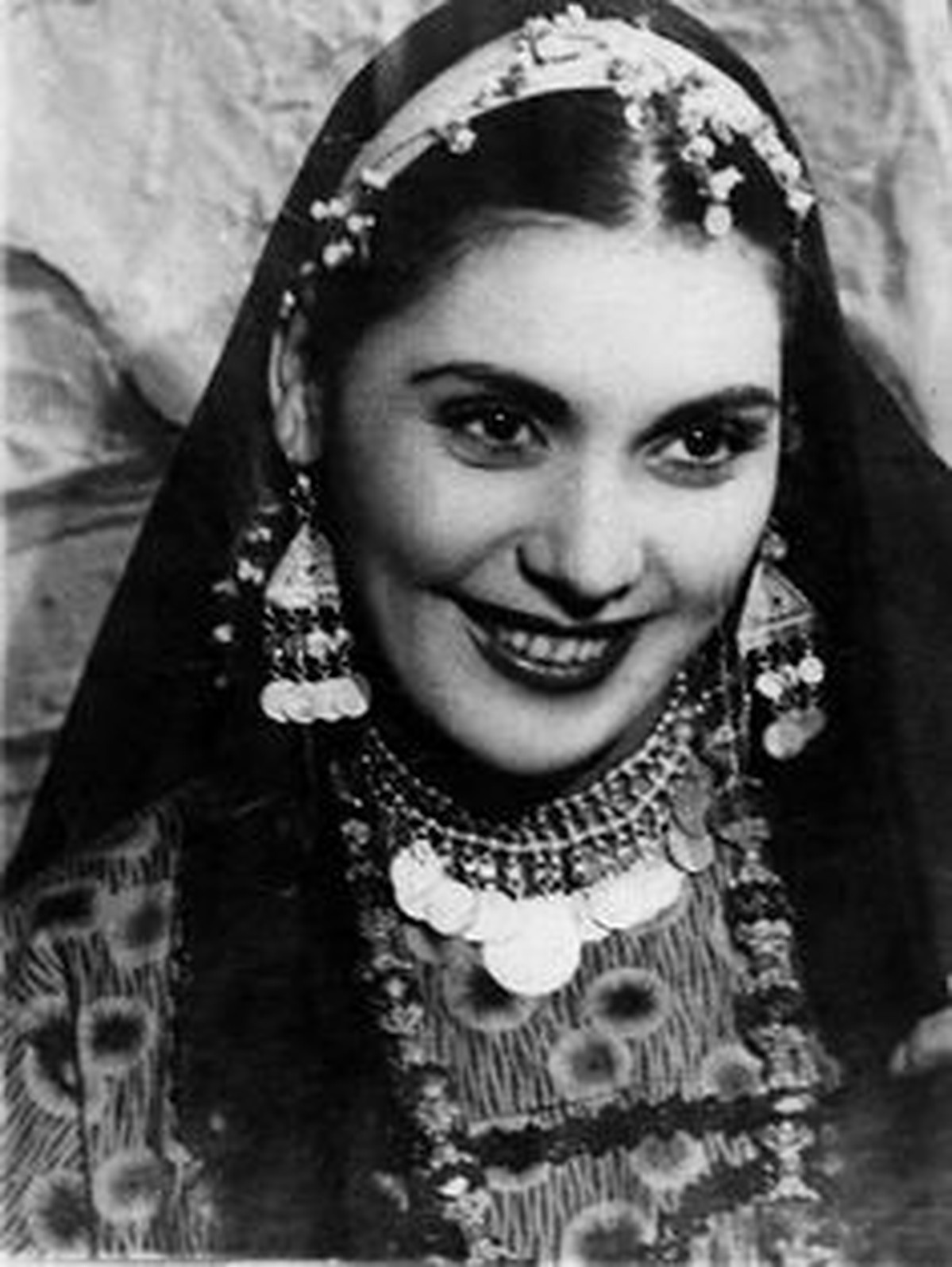
One of the first anthropologists to study Egyptian rural communities and falahy (peasant) jewelry was Winifred Susan Blackman. The gilt earrings, according to Blackman, were believed to protect against the ‘evil eye’. Azza Fahmy dedicated a collection for Tahiya Karoykka’s jewelry pieces, which includes the ‘kerdan necklace’ that includes several coin charms.





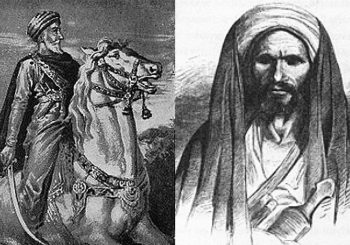

Comments (0)